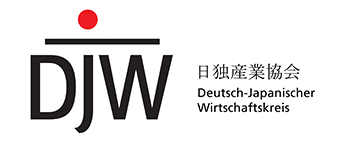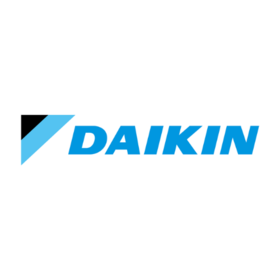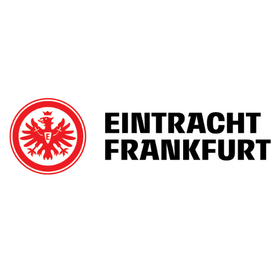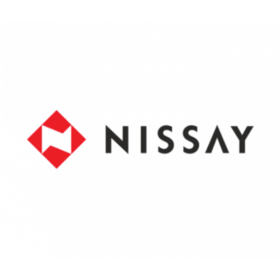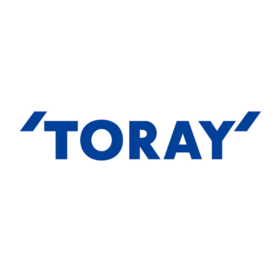Dr. Thomas Kattenstein, Head of Fuel Cell, Hydrogen and Electro Mobility Network NRW
This article is based on a presentation held during the DJW symposium in Herten on May 12th, 2017.
On the occasion of the UN climate change conference COP 21 in Paris in 2015 the German Chancellor Angela Merkel announced that the achievement of the 2 oC target needs a substantial decarbonisation of our economies involving all sectors - industrial production, mobility, power generation, thermal insulation, energy efficiency. Whereas the “Energiewende” (energy turnaround) already made good progress in the power generation (33% of the power supply in Germany is from renewables today), the other sectors like heat (10%) and transport (5%) are lacking far behind.
Power-to-gas (PtG) means transforming electrical power into gaseous energy carriers. PtG allows storing large quantities of surplus renewable power and to utilize it in different climate friendly ways. With power-to-gas it is possible to open up new applications for renewable energy sources and give additional impetus to their expansionv (the keyword here is coupling of energy sectors). The core technology is the electrolysis which uses (green) electricity to split water into hydrogen and oxygen.
Hydrogen is not new in the economy, it has been used for industrial purposes since decades, e.g. for chemical products, fuels and lubricants. But whereas today the source for the production is mainly natural gas, the idea of the power-to-gas approach is to produce hydrogen via electrolysis from renewable power in the future.
Demonstration of this technology has proceeded rapidly in Germany over the past few years, the result being that more than 30 plants with an approximate output of about 25 MW are now in service or under construction. The different applications for the hydrogen are injections in a natural gas grid (as hydrogen or synthetic natural gas), hybrid power plants, hydrogen for fuel cell electric vehicles (FCEV) or industrial use.
Current Results
These demonstration projects are widely implemented with public support in funded projects. The current results are that technology works fine but the economic feasibility fails. One key reason is that the feed-in tariff surcharge (EEG-Umlage) for the power used in the electrolysis usually has to be paid, thus increasing the production costs for hydrogen considerably. Also, in view of the high investment costs power-to-gas paths can only become economically viable when power is available at low cost for several thousand hours a year.
One major project on wind-hydrogen is taking place at the Hydrogen Application Center in Herten (North-Rhine Westphalia, NRW). For the last 135 years, energy has been a dominating topic at Herten - once Europe's largest coal mining town and today one of the most important key sites for hydrogen and fuel cell technology. Technically this plant allows the complete supply of power and hydrogen for the office and laboratory building (see fig. 2), using exclusively the power from a local wind turbine.
The hydrogen is produced in a 150-kW electrolysis plant and stored in pressure tanks. When there is no wind a fuel cell installation – which uses hydrogen as fuel – can be used to generate 50 kW of electricity. Herten has been designed as an open test centre for external customers, also for Japanese companies. The opportunity to simulate island grids is unique in Germany.
Fuel Cell Electric Vehicles
Due to its high efficiency and lack of emissions the specific use of hydrogen as a fuel in fuel cell electric vehicles (FCEV) is especially economical as well as environmentally and climate friendly. FCEVs even have economic advantages over battery electric vehicles (BEV) when it comes to long distances or more heavy vehicles (see fig. 3).
This pathway needs its own infrastructures and these can hardly be financed from self-generated sales in the initial years of the build-up phase. By 2023, H2Mobility Germany (a joint venture of committed companies) intends to set up a nationwide network of 400 hydrogen filling stations - of which almost 50 are in operation today or under construction (see fig. 4). Due to its high population, traffic density and economic force the federal state of North Rhine Westphalia (NRW) is one major hotspot for the infrastrure build-up.
All larger automobile manufacturers are working nowadays on the development of FCEVs. Today FCEVs show ranges from 500 to 700 km, cold starting ability down to -30 °C, refuelling time of around 5 minutes (700 bar compression tank) and a durability of the fuel cell equal to vehicle lifetime. Hyundai, Toyota and Honda already kicked off their market launch with small series production, Daimler will start end of 2017 on the basis of Mercedes GLC (see fig. 5 A/B). Currently there are 500 FCEVs on the road in Germany, worldwide about 4.500 FCEVs (mainly in Japan and California). Also, activities on fuel cell drives for heavy duty applications like buses, trains, trucks and ships are recently increasing rapidly.
The Fuel Cell, Hydrogen and Electric Mobility Network NRW, part of the EnergieAgentur.NRW (EnergyAgency.NRW), is happy to support companies and institutes in this topic. It energizes the discussion here e.g. within the framework of its “Power-to-Gas”, “H2 System” and “Fuel Cell Bus”expert groups. Also, the exchange and cooperation with Japanese companies and Prefectures (e.g. under the umbrella of the Memorandum of Understanding between Fukushima and NRW) plays a major role.
 Fig 3: Economic application areas of battery (BEV), fuel cell (FCEV) and combustion engine (with new fuels) vehicles, source: Hydrogen Council
Fig 3: Economic application areas of battery (BEV), fuel cell (FCEV) and combustion engine (with new fuels) vehicles, source: Hydrogen Council
 Fig 4: 50 hydrogen stations in Germany by end of 2017, of which 25 are in operation today, source: H2Mobility Germany
Fig 4: 50 hydrogen stations in Germany by end of 2017, of which 25 are in operation today, source: H2Mobility Germany
